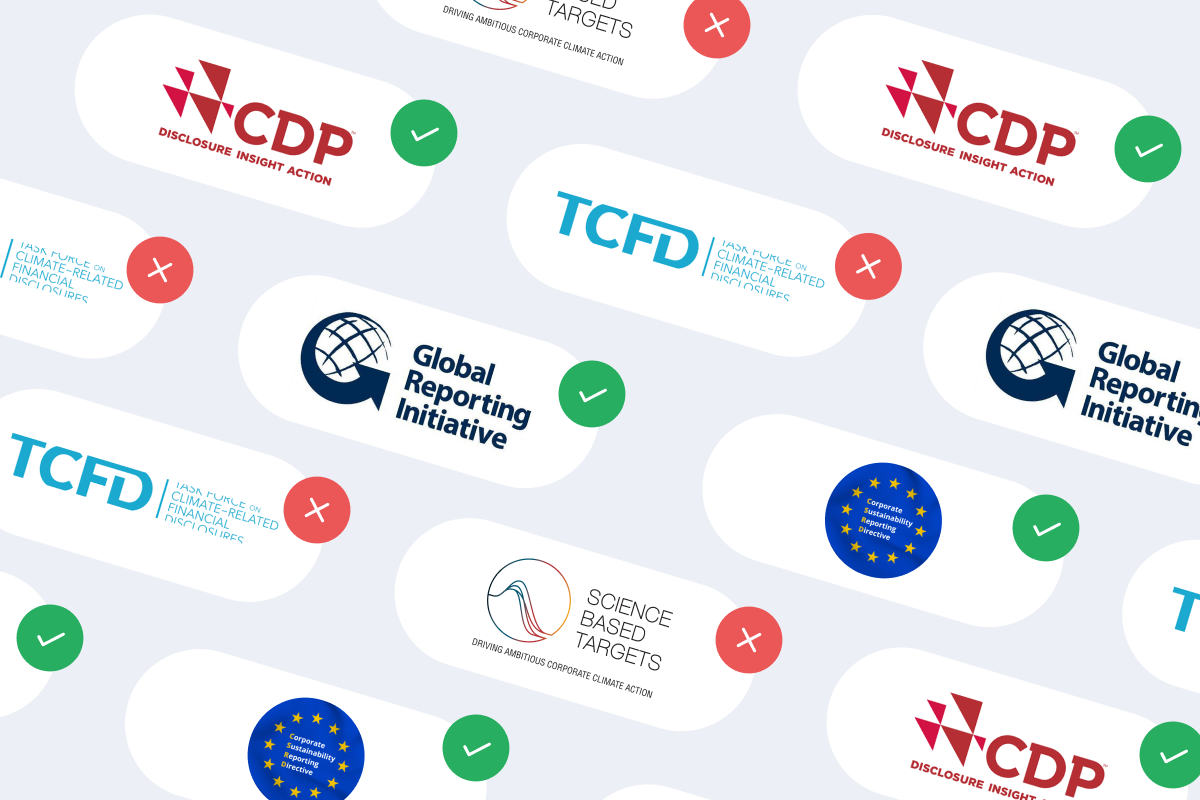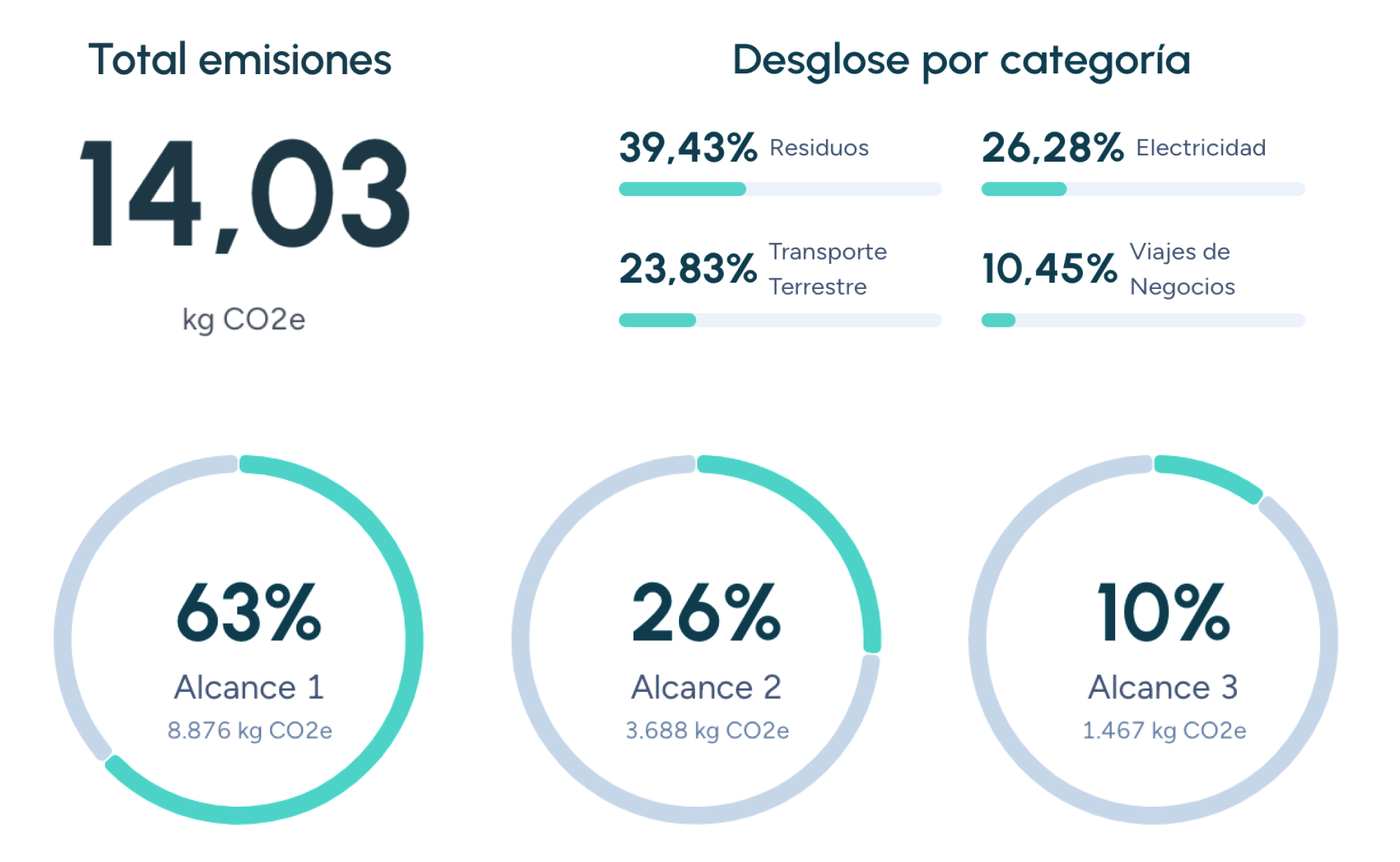E
Electric footprint
The electric footprint refers to the environmental impact associated with electricity consumption by an individual, company, or region, measured primarily in terms of greenhouse gas (GHG) emissions. This concept quantifies how the generation and use of electricity contribute to climate change and helps design strategies to reduce dependence on high-carbon energy sources.
Why Measuring the Electric Footprint Matters
- Climate change contribution: Electricity produced from fossil fuels (coal, natural gas, oil) emits carbon dioxide (CO₂) and other pollutants.
- Resource optimization: Understanding energy consumption and its origin enables efficiency improvements and cost savings.
- Transparency and accountability: Measuring and reporting the electric footprint demonstrates a commitment to sustainability.
- Renewable energy promotion: Clear diagnostics encourage the shift toward clean energy sources like solar, wind, and hydro.
Factors Influencing the Electric Footprint
- Energy mix: Carbon intensity varies depending on the share of renewables vs. fossil fuels in the grid.
- Generation efficiency: Modern power plants emit less than outdated or inefficient ones.
- Transmission and distribution losses: Inefficient grids increase energy losses and overall footprint.
- Final consumption: The efficiency of devices and machinery (lighting, appliances, industrial equipment) directly affects total energy use.
How the Electric Footprint Is Calculated
Following GHG Protocol methodology, the process typically includes:
- Data collection: Gather electricity bills and identify the corresponding emission factor for the energy mix.
- Emission factor application: Multiply kWh consumed by the CO₂-eq/kWh factor depending on the source of electricity.
- Aggregation: Sum results across multiple facilities or devices.
- Comparative analysis: Compare the electric footprint to other sources (transport, heating) to prioritize actions.
Strategies to Reduce the Electric Footprint
- Energy efficiency: Replace traditional lighting with LED, improve insulation, and implement smart energy management systems.
- Renewable self-consumption: Install solar panels or small-scale wind turbines to generate clean electricity.
- Green energy purchasing: Choose providers offering certified renewable energy (e.g., RECs or Guarantees of Origin).
- Demand management: Shift consumption to off-peak hours when electricity is cheaper and cleaner.
- Technological innovation: Use IoT systems and digital tools to optimize industrial and building energy performance.
Benefits of a Low Electric Footprint
- Economic savings: Lower consumption and greater efficiency reduce electricity costs.
- Climate impact reduction: Cutting CO₂ and other GHG emissions helps mitigate global warming.
- Competitive advantage: Companies with lower footprints are valued higher by investors and consumers.
- Contribution to SDGs: Supports SDG 7 (Affordable and Clean Energy) and SDG 13 (Climate Action).
Use Cases
- Industrial sector: Heavy industries like steel and cement can optimize production and transition to renewables.
- Buildings and offices: Implement efficient HVAC systems and smart lighting sensors.
- Households: Use A+++ rated appliances and manage heating and cooling efficiently.
- Data centers: Improve cooling efficiency and switch to renewable energy to offset high energy demand.
Challenges and Opportunities
- Renewable variability: Solar and wind depend on weather conditions, requiring energy storage systems to ensure stability.
- Data accuracy: Some regions lack reliable or updated emission factors.
- Economic barriers: Initial investments in clean technologies can be high.
- Awareness: Broader education is needed to emphasize the importance of tracking and reducing the electric footprint.
The electric footprint is a key indicator for understanding the environmental impact of electricity use and guiding the transition toward sustainable energy systems. By quantifying emissions linked to electricity consumption, individuals and organizations can drive clean technology adoption, energy efficiency, and low-carbon transformation—crucial steps in the global effort to combat climate change.
Companies that trust us

Blue Water Footprint
The blue water footprint represents the volume of surface and groundwater withdrawn from rivers, lakes, reservoirs, and aquifers to produce goods and services.
Blue Water Scarcity
Blue water scarcity is an indicator that compares the consumption of surface and groundwater resources (blue water footprint) with the availability of renewable freshwater within a river basin over a specific period.
Blue carbon
Blue carbon refers to the carbon stored in coastal and marine ecosystems, such as mangroves, seagrass meadows, and salt marshes.
Guiding businesses towards net-zero emissions through AI-driven solutions.
© 2025 Manglai. All rights reserved
Política de Privacidad


